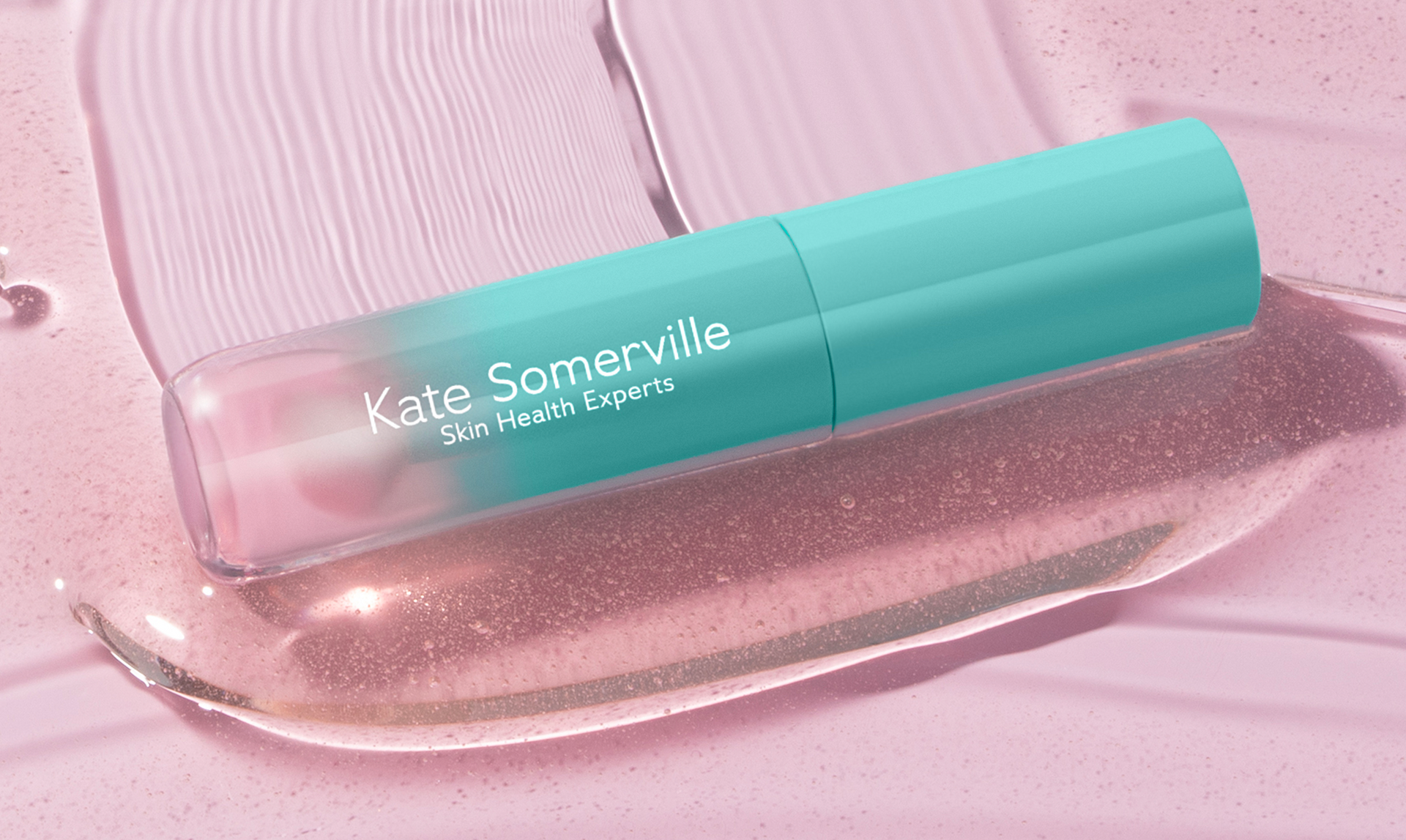
Ingredients
What Is Lip Oil? Lip Oil Benefits Explained
Learn what lip oil is, what it does, and why it’s more than just gloss. Explore the hydrating, plumping, and smoothing ben...
🎁 Wrap up your glow. Order by December 16 for Christmas delivery. SHOP NOW.
✨ Limited-time, limited-edition—give the gift of glow with our sparkling holiday sets. SHOP NOW.
🚨 NEW: Rewards members can now redeem loyalty points for merch, products + more. SHOP THE SHOP.
Looks like your bag is empty.
Start shopping!

Free Goat Milk Body Lotion Mini w/ a $45+ Purchase
FREE
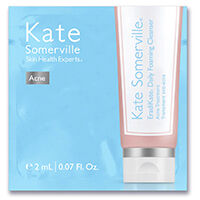
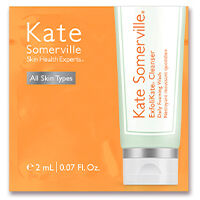
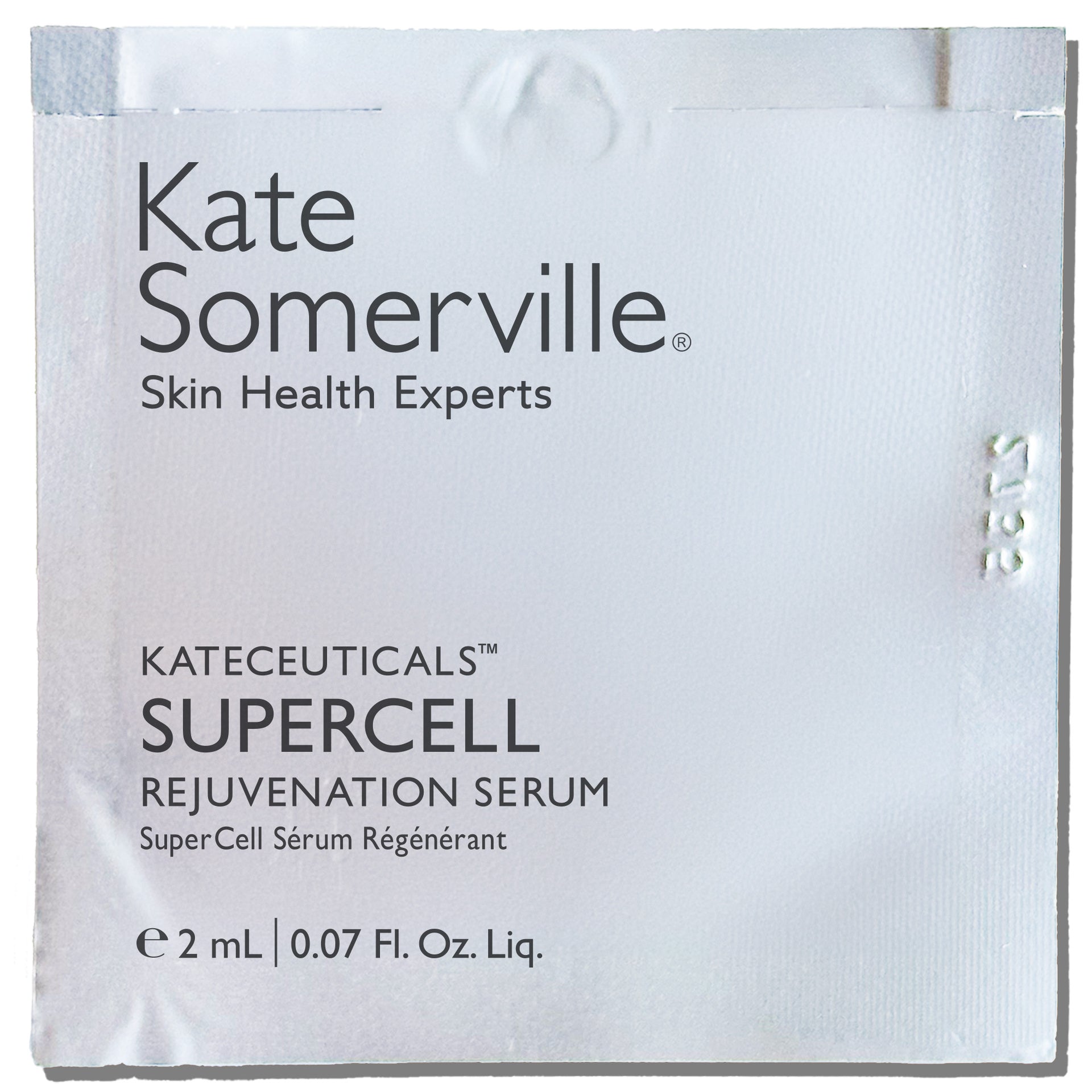
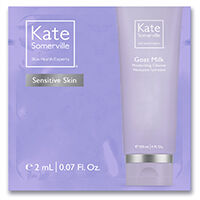
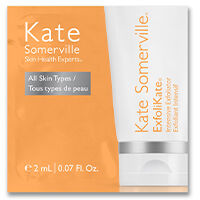

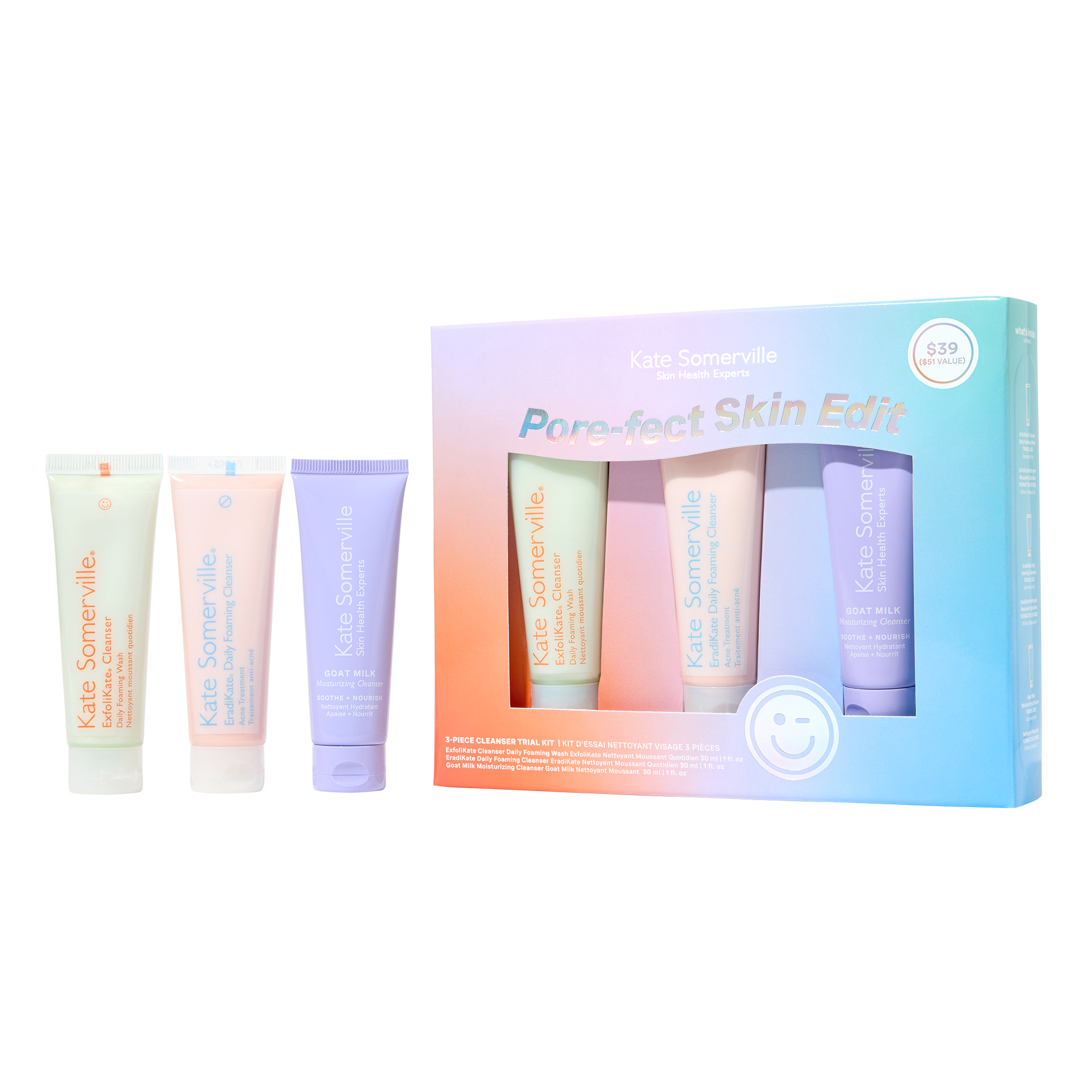
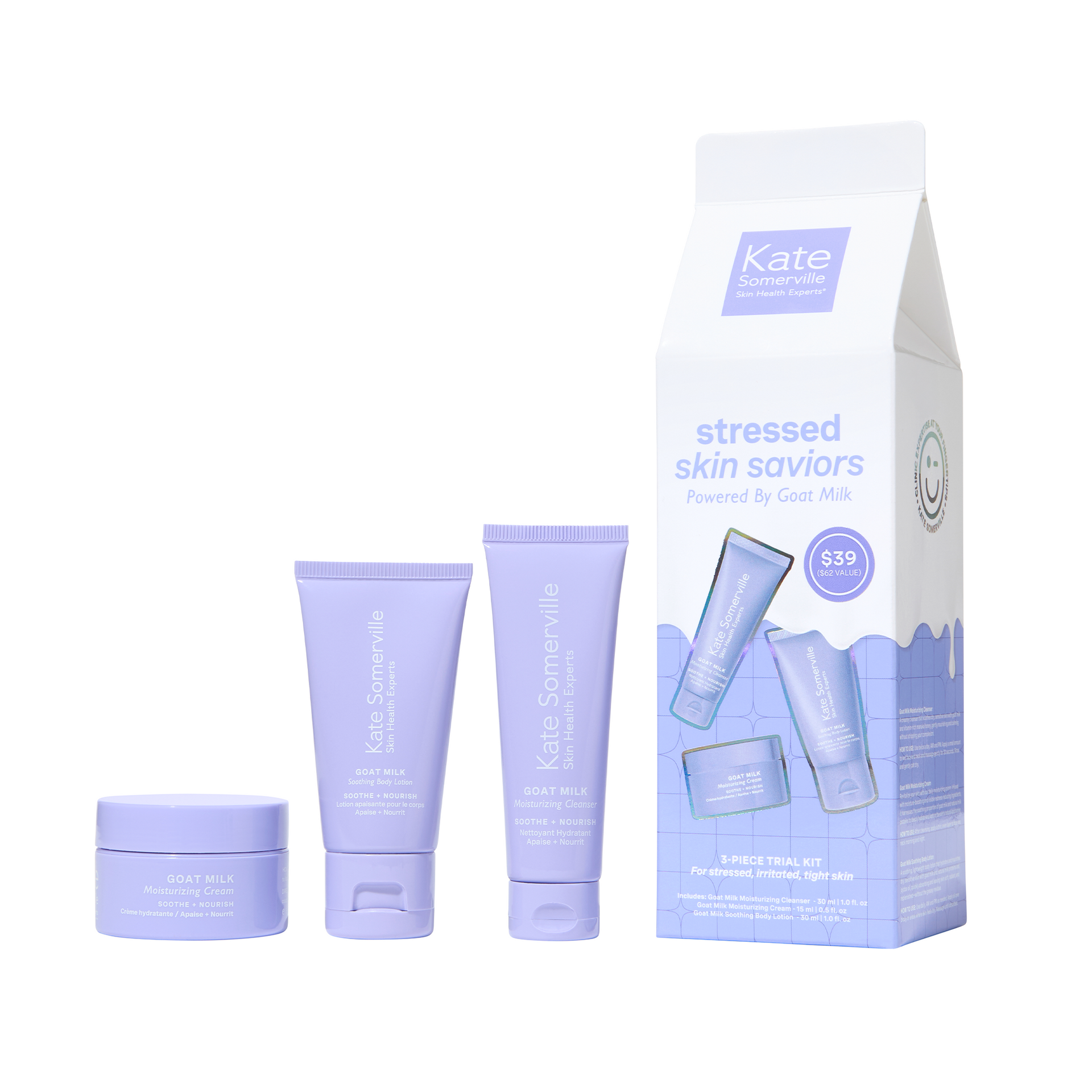
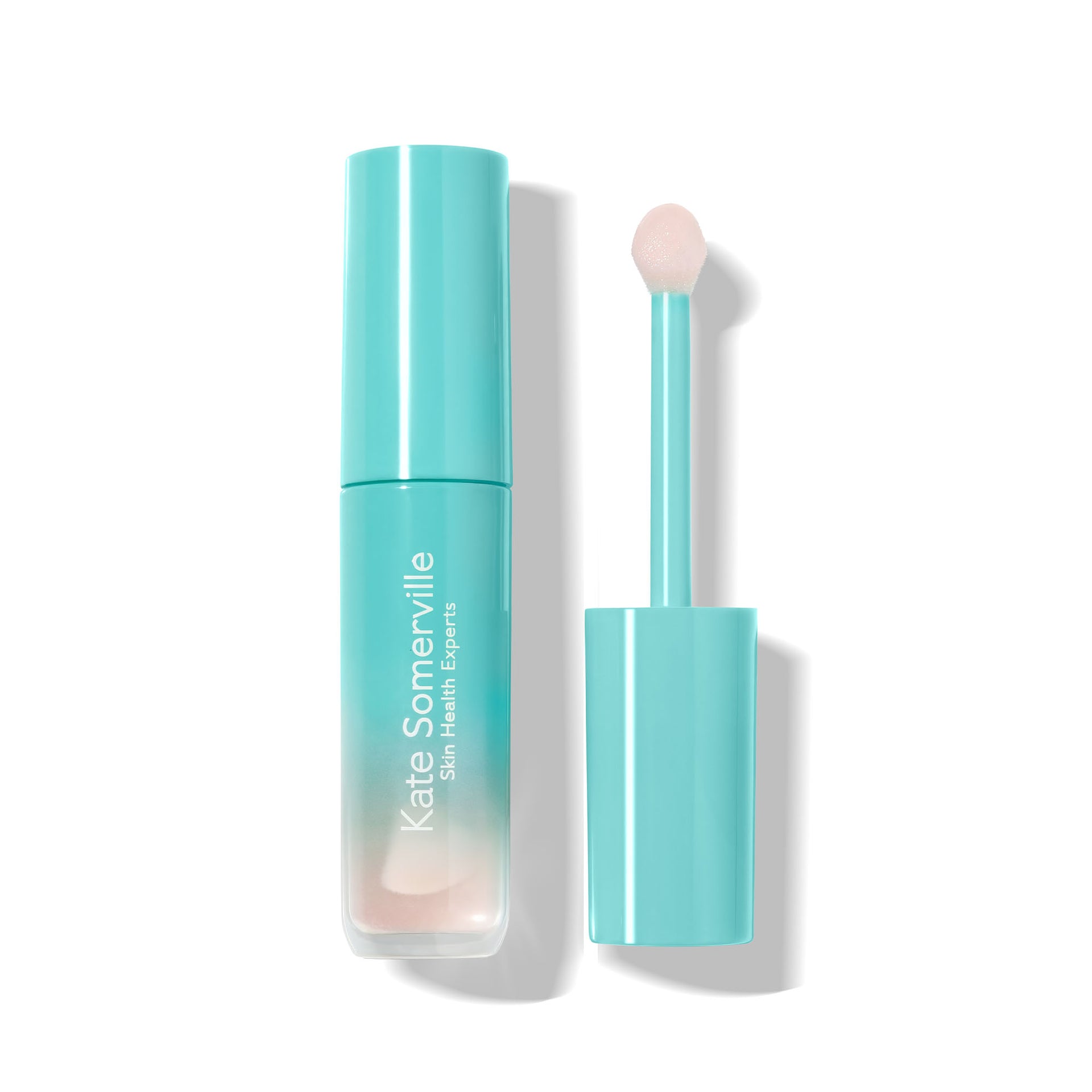

Our Gift to You
Free Goat Milk Body Lotion Mini w/ a $45+ Purchase
FREE








Sign up below to receive an email when this item is back in stock.
YAY! You're on the list. Stay tuned for updates via email.
By signing up you agree to receive product information and promotions from Kate Somerville via email. You can unsubscribe at any time.
Kits that Sparkle
Discover our NEW limited-edition holiday kits, packed with best sellers and perfect for gifting! Free gift with purchase!
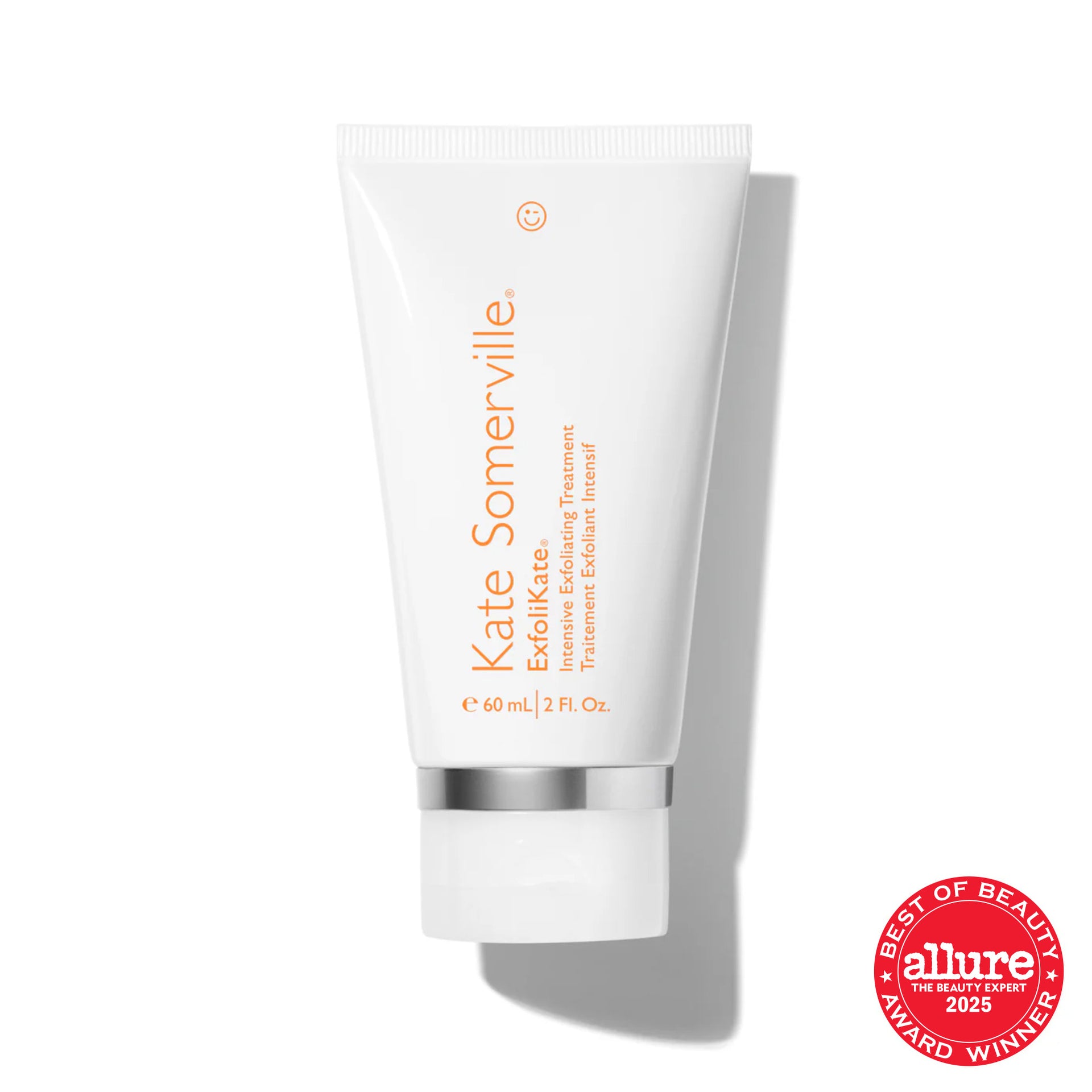
( 3001 )
Select A Size:
ExfoliKate® Intensive Exfoliating Treatment
Allure Best of Beauty 2025 Winner
$26 - $85
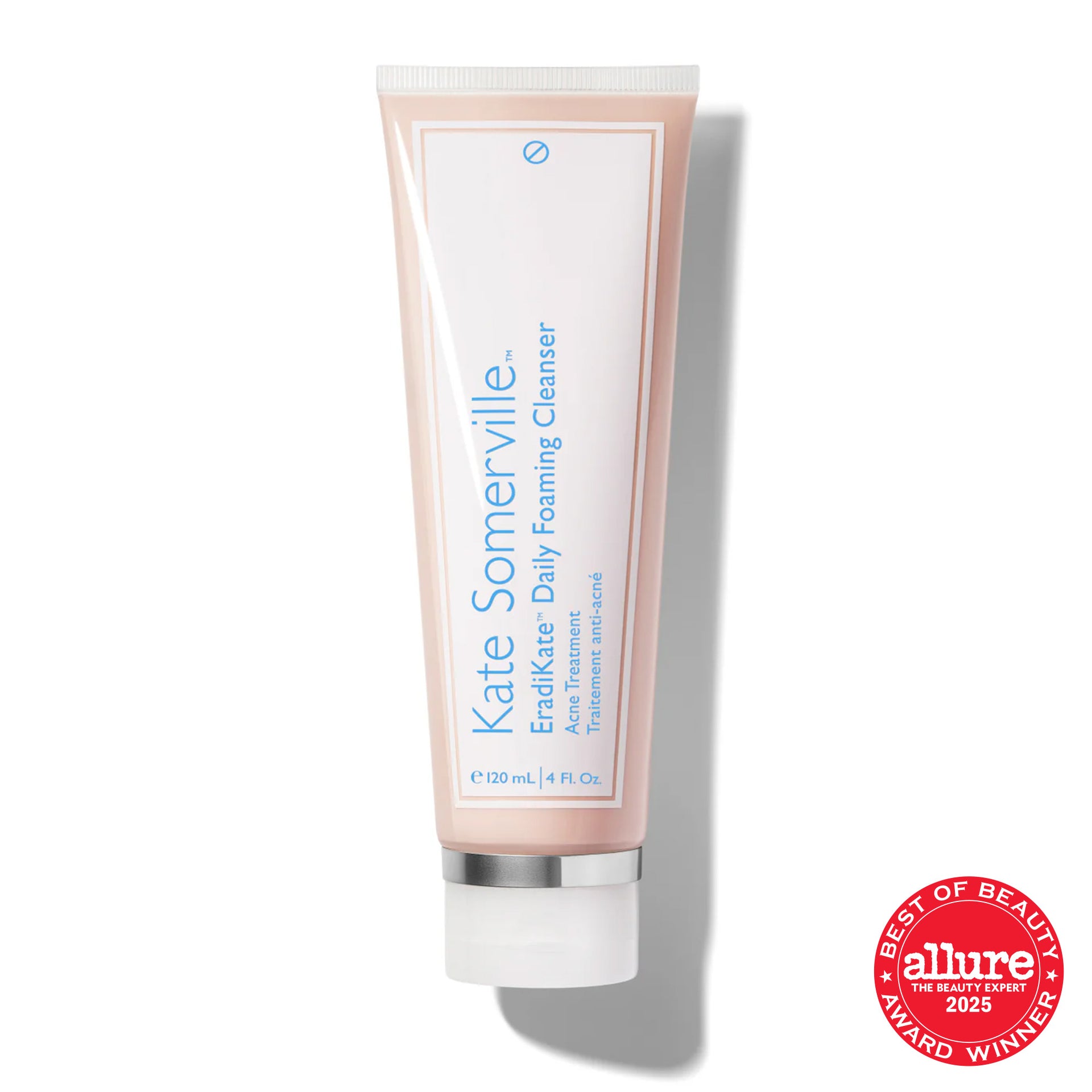
( 839 )
Select A Size:
EradiKate® 3% Sulfur Daily Foaming Cleanser
Clinical-strength acne cleanser
$17 - $46
NEW
Hey Rewards Members! You can now use our points to snag products, merch + more.
Award Winning Glow
Voted on by beauty lovers and earned the ultimate seal of approval.
Kate somerville skincare
For over 20 years, Kate Somerville Skincare has delivered cutting-edge skin treatments + clinical-grade products that make so-called “impossible” skin goals possible.
We’re your Clinical-Grade Expert + Skincare Bestie rolled into one. Nice to meet you!
For over 20 years, Kate Somerville Skincare has delivered cutting-edge skin treatments + clinical-grade products that make so-called “impossible” skin goals possible.
We’re your Clinical-Grade Expert + Skincare Bestie rolled into one. Nice to meet you!

“Healthy skin is not vanity or privilege – it is every person's right. Whether you've never had it or you want it back, it's my goal to make healthy, radiant skin your reality.”
Kate Somerville, Founder
Unlock Long-Term Skin Health
Quick evaluation to define skin needs
Customized product recommendations
Option for AI-powered skin analysis
Radiant + healthy skin awaits!
These independent clinical studies speak for themselves.


Saw highly significant improvement in skin texture after just 1 use.
ExfoliKate® Intensive Exfoliating Treatment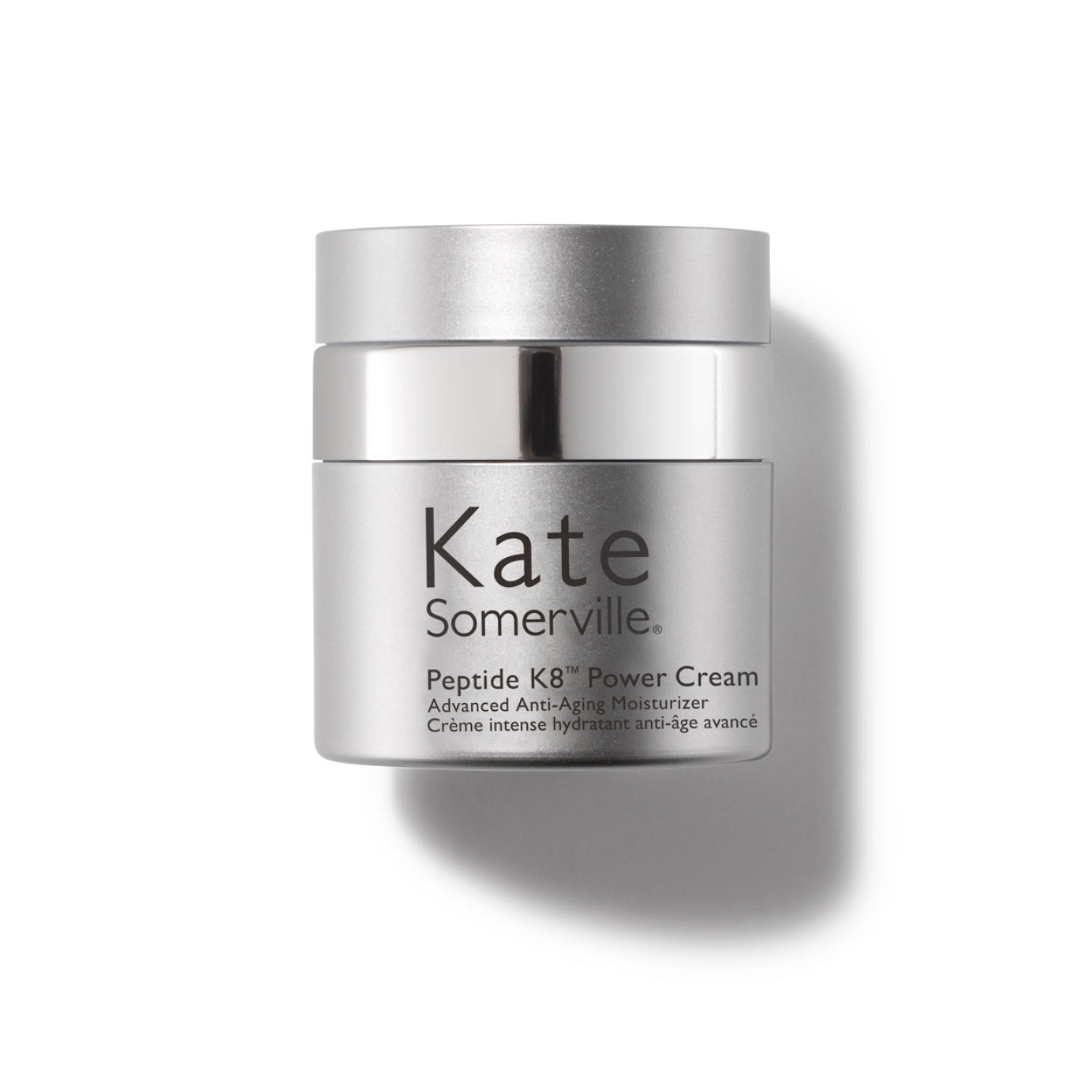
The Blog